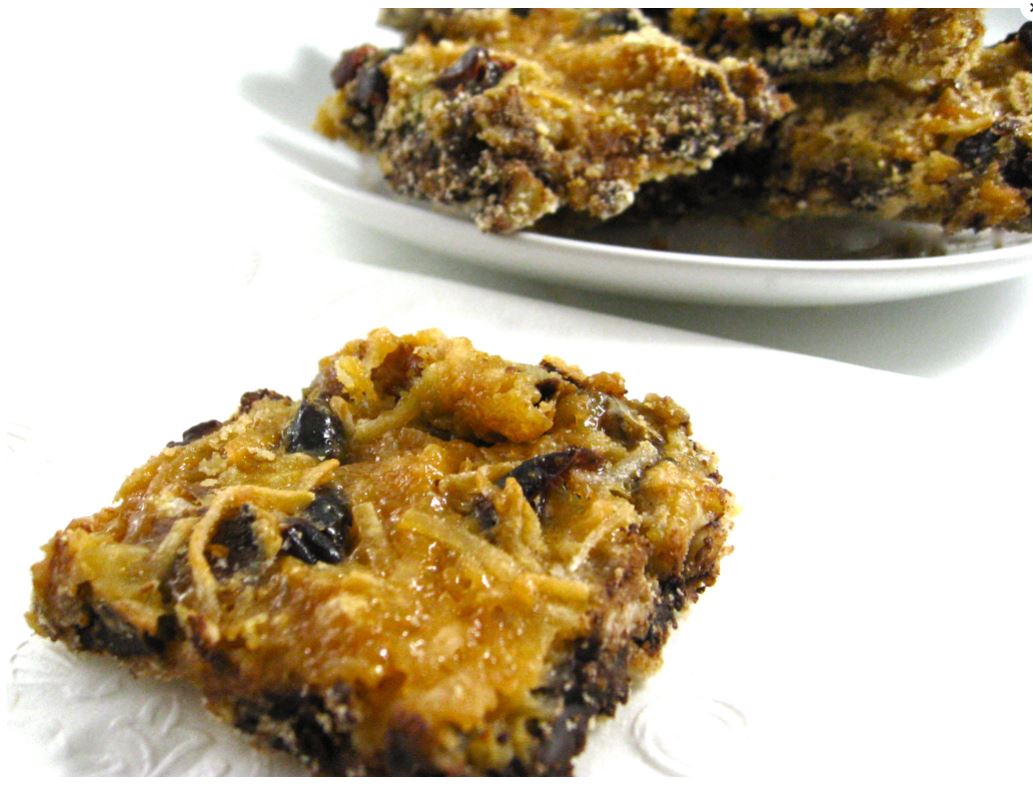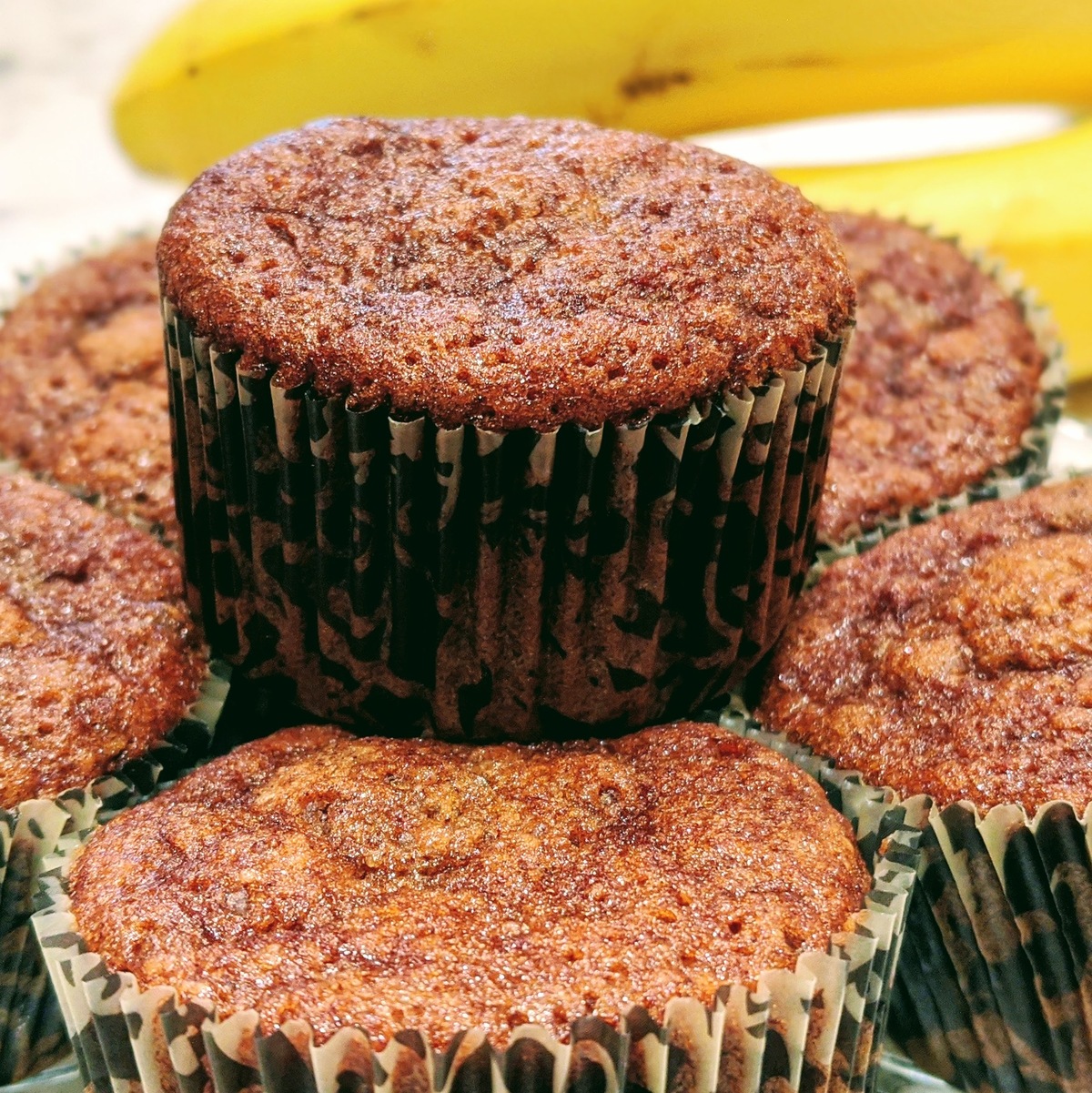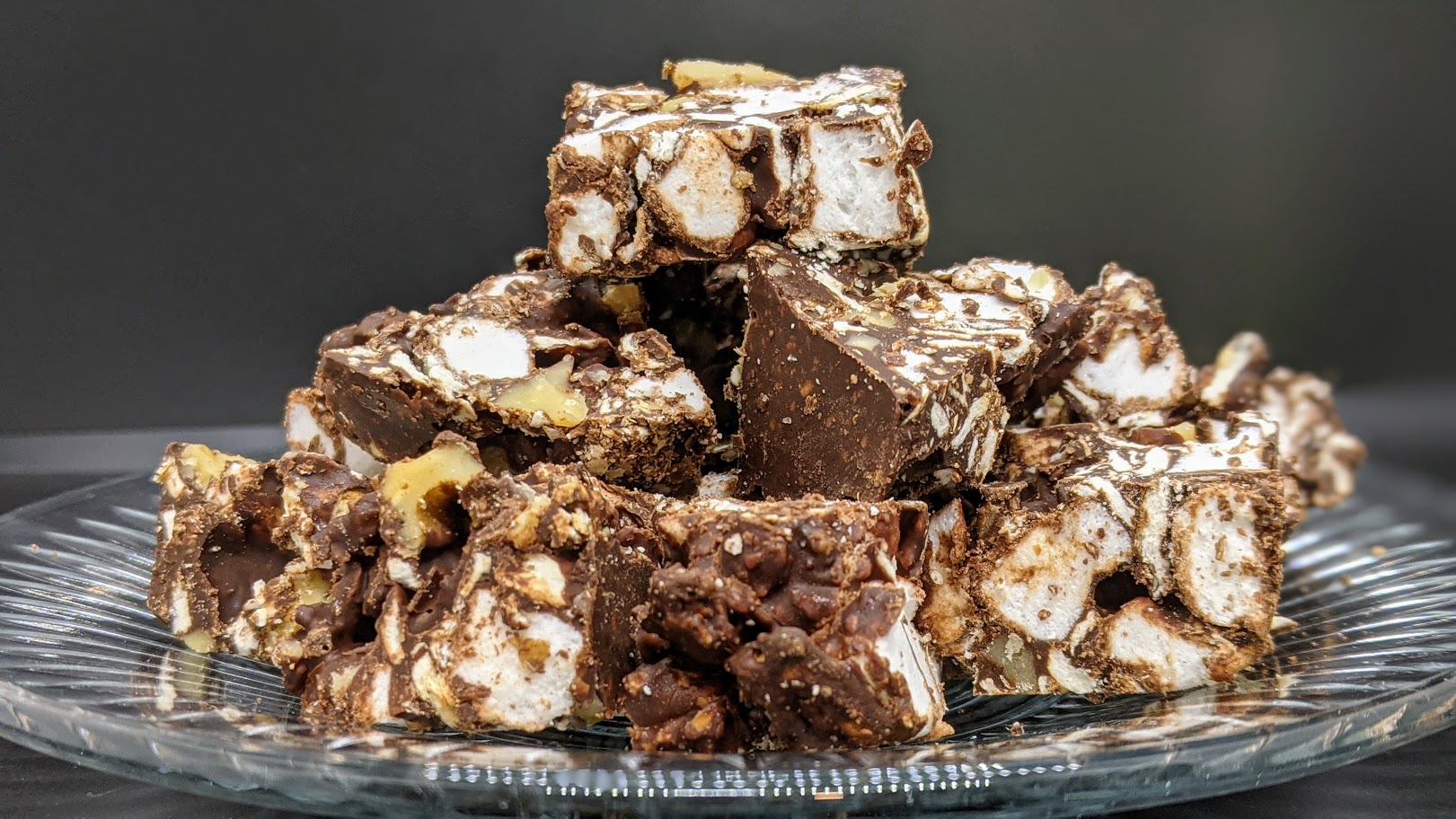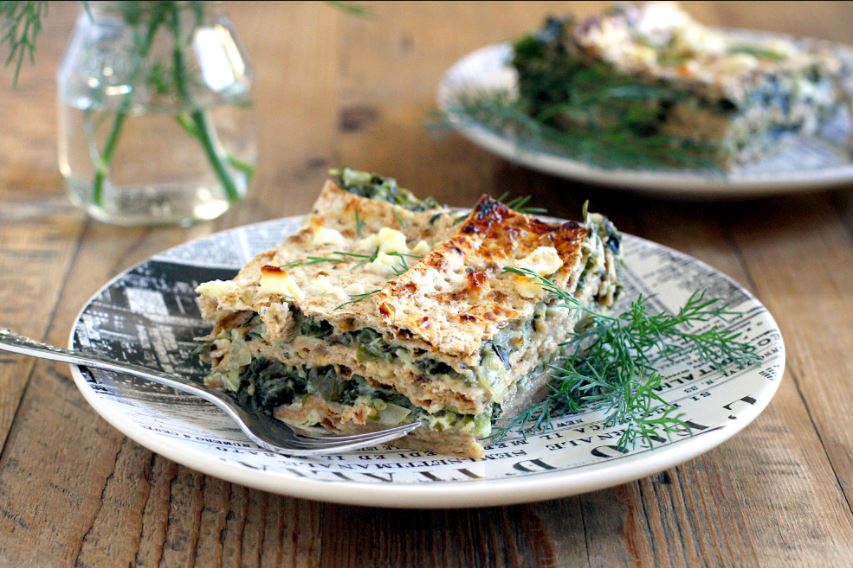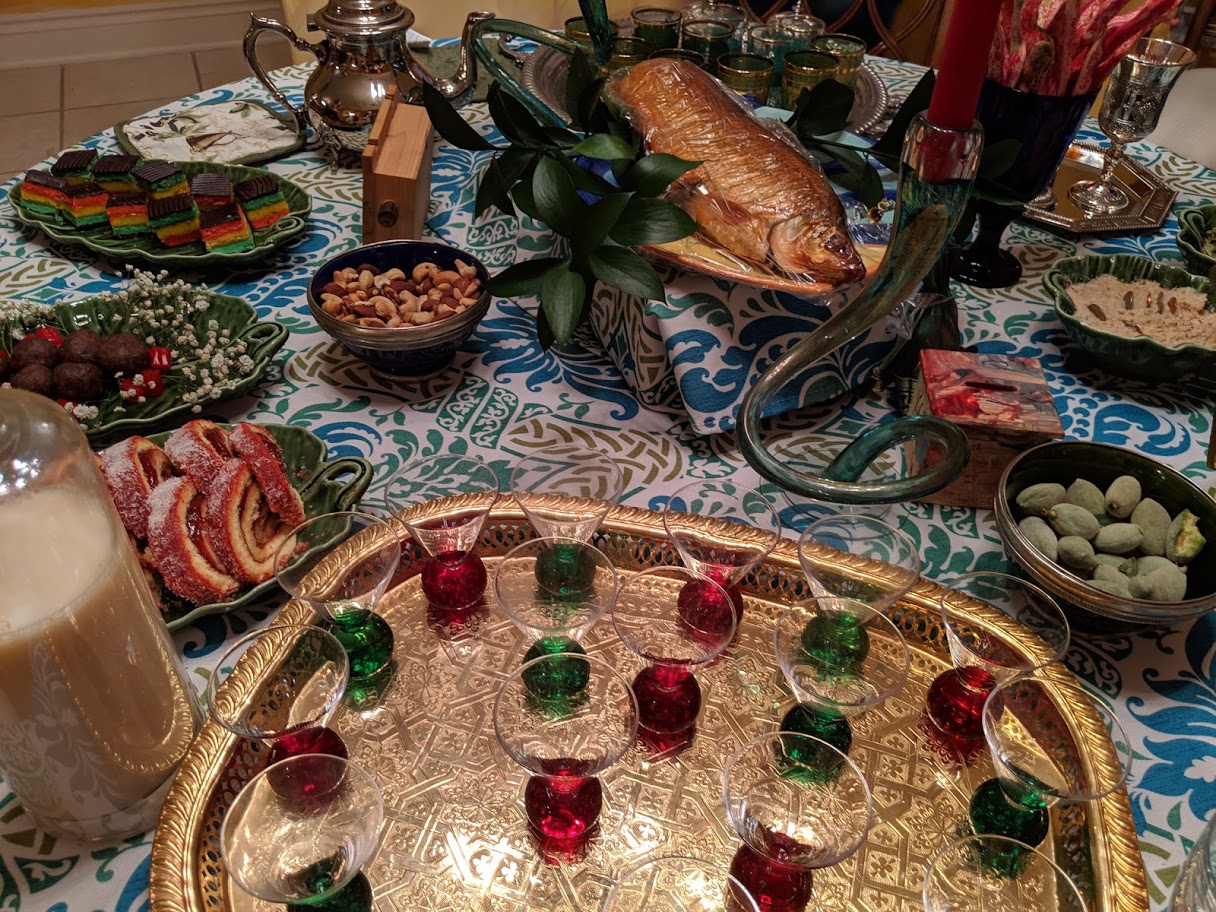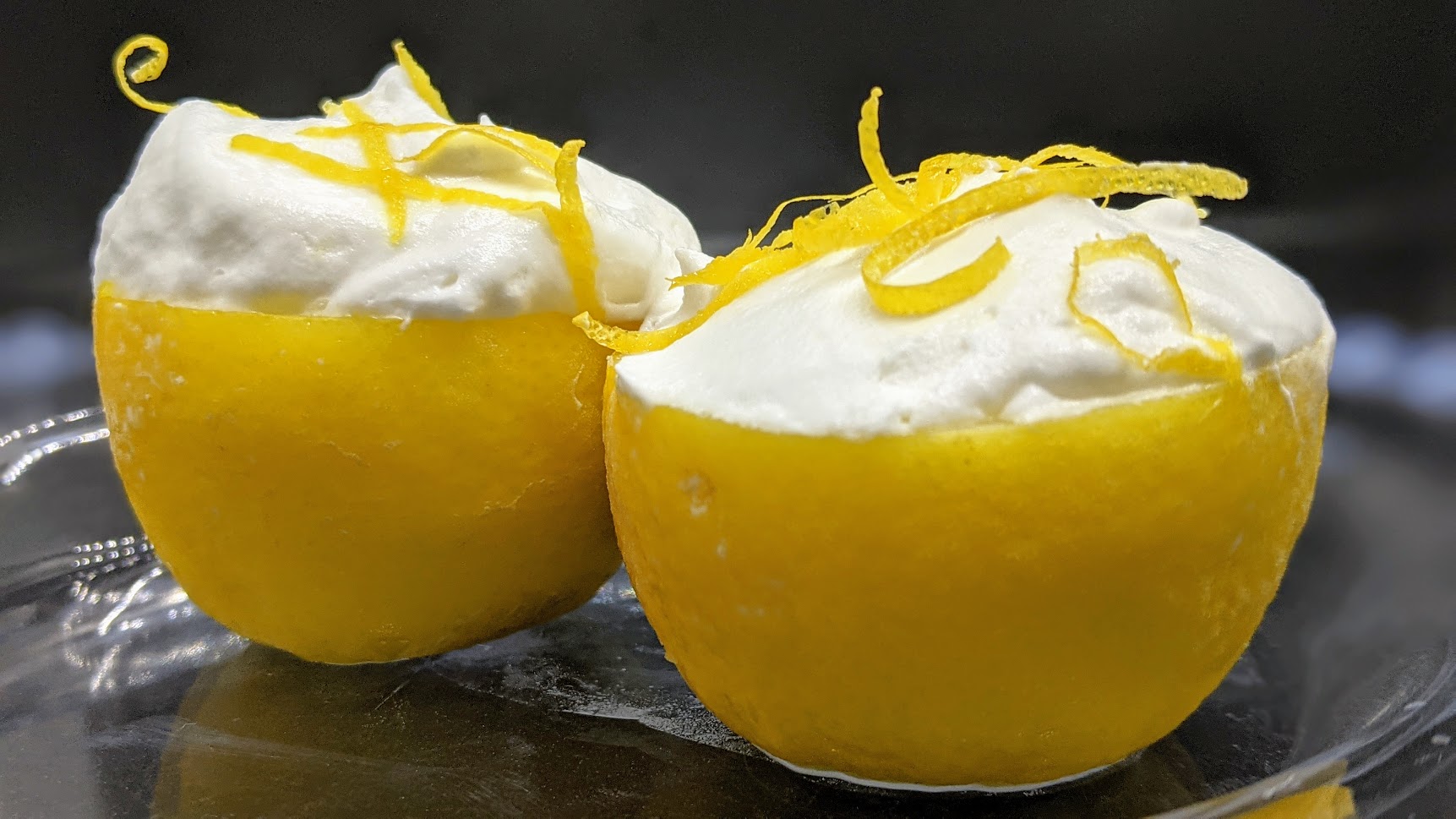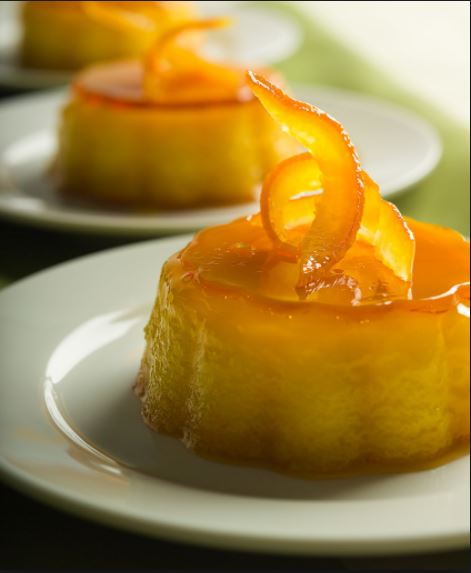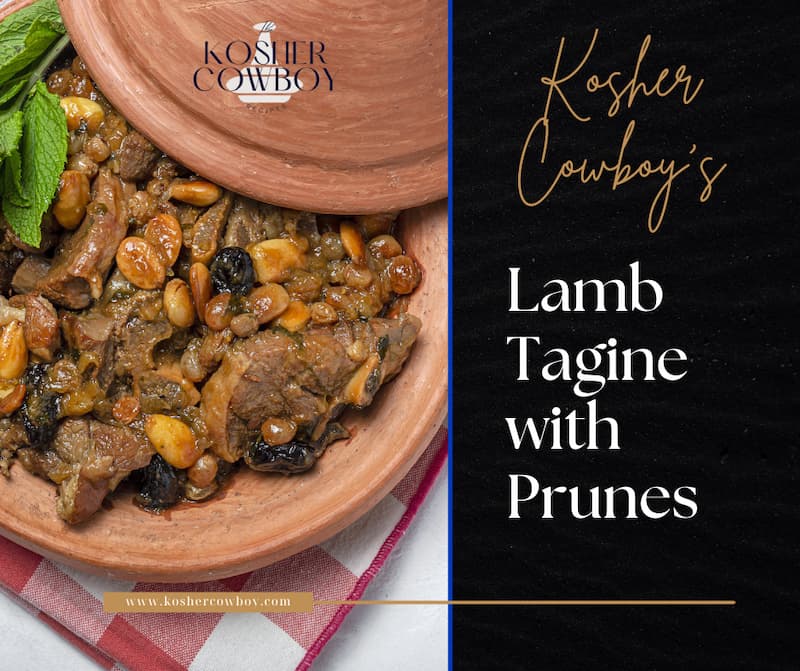Passover Recipes
The History of Passover (Pesach)
Passover Recipes require a whole new twist on cooking. In order to understand, you have to know a little bit about the history of Passover (Pesach).
Passover is a major, biblically derived Jewish holiday. Jews celebrate Passover as a commemoration of their liberation by God from slavery in ancient Egypt and their freedom as a nation under the leadership of Moses. It commemorates the story of the Exodus as described in the Hebrew Bible, especially in the Book of Exodus, in which the Israelites were freed from slavery in Egypt. According to standard biblical chronology, this event would have taken place at about 1300 BCE (AM 2450).
Sephardic Passover Recipes and traditions can vary from region to region, country to country, city to city, community to community, and family to family. Many Sephardic customs and traditions involved assimilating Passover rituals with the culinary, musical, and linguistic traditions of the surrounding peoples in the areas where Sephardim lived.
The Seder
Prior to enjoying these Passover Recipes, the is an order “Seder” to the Passover meal.
As we eat bitter foods of affliction and poverty, the Exodus becomes a reality—as real as the festive meal and celebratory toasts that follow.
The Seder Plate
Egg, Shank bone, Maror, Karpas, Haroset, Hazeret (Lettuce for the sandwich). Three Matzot
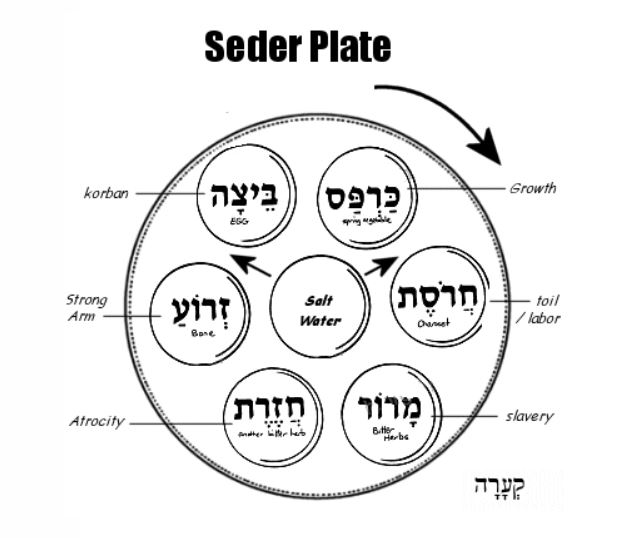
Note: Refer to your Haggadah as to how these items are to be arranged on the Seder plate. In Sephardic communities it is customary to follow the arrangement of the “Ari”.
What you will need:
Wine
Red wine is preferred over white wine. In a case where it is difficult to drink wine then grape juice is permitted
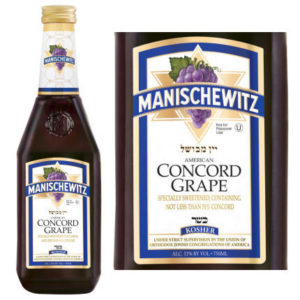
Matzah
It is preferable that special handmade “Shmurah Matzah” be used for the seder. If unable to obtain handmade Matzot, then there are many who permit machine made Shmurah Matzah.
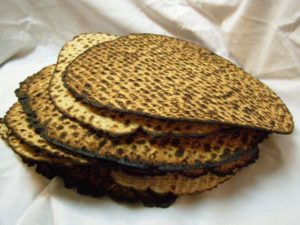
The Seder plate consists of three Matzot. Remember the final amount of how many Matzot will be required will depend on the amount of guests you have. For the measurements of how much Matzah must be eaten see the section on Matzah under the heading “The Seder Step by Step Order” below.
Karpas
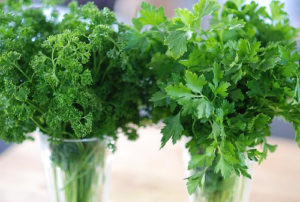
This is a vegetable that we dip into salt water or vinegar. It is preferable to use celery or parsley.
Maror (bitter herbs)
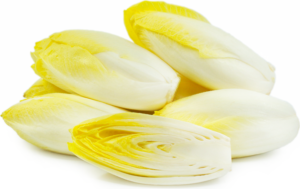
The code of Jewish law lists five varieties of Maror. Only three are known to us today, they include lettuce, endives, and horseradish. The most common one used is Romaine Lettuce. In many Ashkenazic communities horseradish is used. The Maror is eaten twice at the Seder.
Haroset
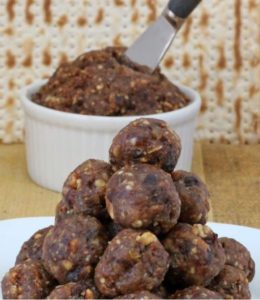
Charoset is used to remind us of the mortar the Jews were forced to make in order to make bricks in Egypt. There is no standard recipe for Charoset and customs vary. Many use a mixture of ground fruits such as apples, nuts, cinnamon and wine. Some communities use date syrup mixed with walnuts called “Haleq”.
Egg
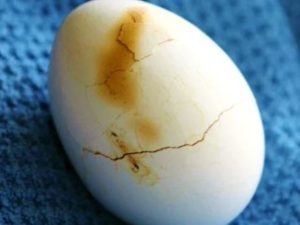
On festivals there was a special sacrifice that was offered in the Temple. This sacrifice was known as the “Hagigah”. Since today we no longer have a Temple to offer the “Hagigah” in its place we place an egg on the Seder plate to remind us of this sacrifice.
Shank Bone
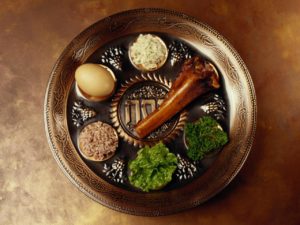
In Temple times Passover revolved around the Passover Sacrifice. Each family was commanded to slaughter a lamb and eat it roasted with Matzah and Maror, this was known as the “Korban Passover”. Since we no longer can perform the commandment of the Passover Sacrifice we place a piece of meat on the Seder plate to remind us of the Passover sacrifice. It is customary to use a shank bone, one of the reasons we use a shank bone is because it is also symbolic of G-ds outstretched hand.
A Note from our Sages
On this night we are to feel complete freedom. Our status is that of nobility feeling as our ancestors felt as they left Egypt. The Seder has built within it a way for us to feel this freedom and sense of nobility, through the foods we eat and the way we eat them. One such practice is reclining, which was a common method used by people of nobility as they ate their meals. Some of the important laws to remember with regards to reclining are as follows:

- One must recline for the drinking of all four cups of wine.
- When eating the Matzah and Afikoman one must recline.
- Reclining is always done on the left side.
- If one did not recline for any of the above then they did not fulfill the obligation and the act must be repeated.
- Since a question exists regarding women’s obligation to recline the law is that they should recline, but in a case where they forgot to recline they need not repeat the act.
- Reclining is not performed when the Maror and Karpas are eaten.
- One who wishes to recline for the entire meal can do so.
The Seder (Step by Step “Order”)
Kaddesh – The Benediction
The Seder begins as all other festivals with “Kiddush”.
The first cup of wine is poured and the Kiddush is recited. It is preferable to use red wine, but in case of difficulty grape juice is also permitted. The blessing of “Shehecheyanu” is said at the completion of the Kiddush. Remember that when drinking the Kiddush reclining is necessary. It is obligatory to drink a “Reviit” amount of wine which is approximately 86 grams. There are various opinions as to the amount in a Reviit, the most lenient is approximately 3.3 fluid ounces (98 ml), while the strictest opinion is 5.07 fluid ounces (150 ml). It is preferable that the amount be drunk in one time, if this is not possible then it should be drunk within two minutes.
If the first Seder falls on a Saturday night, at the conclusion of the Kiddush before the Shehecheyanu blessing, the appropriate blessings for Havdalah said on Saturday night must be said. This includes the blessing on fire, and the Havdalah blessing.
Note: Although on other festivals and Shabbat one is permitted to recite the Kiddush before nightfall, on Passover it is customary to wait until nightfall.
Urchatz – Washing the Hands
Before the eating of the Karpas all participants wash their hands. This washing is done exactly as one would before eating bread; the only exception is that a blessing is not recited.
Question: Why do we wash our hands before eating Karpas?
The answer to this question has to do with a law that applies all year round. In Jewish law food can be rendered impure through contact with our hands. It is for this reason we wash our hands to purify them. Liquid is considered to transfer the impurity from our hands to the food. Therefore any food that is wet can receive impurity. The Rabbis therefore decreed that when one is about to eat any fruit or vegetable that is wet then washing of the hands is required. For example if you wash an apple and want to eat it without drying it then you are obligated to wash your hands before eating it. Since at this point in the Seder we are about to eat the Karpas which is dipped in a liquid (vinegar or salt water) then this law of washing hands applies.
Karpas – The “Appetizer”
A small piece of Karpas is taken. It is dipped into vinegar or salt water.
The blessing is recited and then it is eaten.
Reclining is not necessary but one who wishes to recline may do so.
Yachatz – Breaking the Matzah
The leader of the Seder takes the three Matzot that are on the plate.
He then takes the middle Matzah and breaks it in half.
The smaller of the two pieces is returned to the plate placed between the two whole Matzot.
The larger of the two halves is placed aside to be used for the afikoman at the conclusion of the meal.
Magid – The Haggadah
We are now prepared to begin the recitation of the Haggadah.
The Seder plate is raised and everyone recites “Ha Lahama Anya”.
After “Ha Lahama Anya” a second cup of wine is poured then the “Mah Nishtanah” is recited, preferably by a child.
After “Mah Nishtanah” the entire Haggadah is read. It should be done joyously, and the text should be elaborated upon.
During the recitation of the ten plagues it is customary to pour from ones cup into a vessel.
In my home we have a custom that during the recitation of the ten plagues the leader pours some wine into a vessel for each plague, at the same time someone else simultaneously pours some water into the same vessel. This custom is to remind us of how the water turned into blood.
The Maggid section concludes with the drinking of the second cup of wine.
It should be noted that the Sephardic custom is not to recite a blessing (boreh peri Hagefen) over the second cup of wine .
Rohtzah – Washing our Hands
After the second cup we wash our hands in preparation of “Hamotzi”.
This is the second time in the Seder that the hands are washed; this time a blessing (Al netilat yadayim) is recited.
Many have a custom that the water and basin are brought to the table so that participants can wash at the Seder table.
Motzi Matzah – Eating Matzah
Before the blessing the two whole Matzot on the Seder plate are held, with the broken piece of Matzah in between the two whole ones.
The leader recites the blessing over the Matzah (Hamotzi lechem min ha-aretz).
The leader then recites the special blessing that is said for the eating of Matzah.
To fulfil the obligation of Matzah, the amount required to eat is “Kazayit”.
Ideally one should eat two Kezetim but if it is difficult then the obligation is fulfilled by eating only one.
There are various opinions as to what constitutes a Kazayit. It is roughly about 29 grams, which is about the size of one machine made Matzah.
Remember on this night it is important to use special “Matzah Shmura”. Since each person must eat a “Kazayit” you will have to figure out based on the amount of guests you have how much Matzah to purchase.
In case of difficulty and medical concerns one can rely on opinions that say a “Kazayit” is only 20 grams.
The Matzah should be eaten within a span of no more than four minutes.
Remember when you eat Matzah you must recline on your left side.
Maror – The Bitter Herbs
After the eating of Matzah we eat Maror (bitter herbs).
Here too one must eat a “Kazayit” about 29 grams, within four minutes.
The Maror is dipped into “Haroset” or “Haleq”.
So as not to overpower the bitterness of the Maror some of the Haroset is shaken off.
The special blessing over the Maror is recited. Because the Maror symbolizes the bitterness of Egypt reclining is not performed for the eating of Maror.
Korech – The Hillel Sandwich
A sandwich is made using one Kazayit of Matzah and one Kazayit of Maror.
For this sandwich the third Matzah which was at the bottom of the three on the Seder plate is used.
The sandwich is dipped into “Haroset” and eaten while reclining.
There is no blessing said over it, but a short text appears in the Haggadah which is said before eating the Koreh sandwich.
Shulhan Orekh (The Passover Feast)
The meal is served so sit back relax and enjoy.
Remember that at the end of the meal the Afikoman must be eaten.
The requirement of the Afikoman is to not be satiated before eating it, so while you enjoy the meal leave some room for the Afikoman.
Tzafun – Out of Hiding
The piece of Matzah which was set aside (hidden) is now taken out to be eaten as the Afikoman.
Once again each person is obligated to eat a “Kazayit” in less than four minutes, reclining on the left side.
After the eating of the Afikoman one is not permitted to eat anything else.
Even drinking (except the two remaining cups of wine) is forbidden, although one is permitted to drink water.
Barekh –Birkat Hamazon – Blessing after the Meal)
We return to the Haggadah with the recitation of “Birkat Hamazon” the “Grace after the Meal”.
At the completion of “Birkat Hamazon” the blessing over wine is made and the third cup of wine is drunk.
Remember you must recline to the left when drinking this cup.
Hallel – Songs of Praise
The fourth cup of wine is filled and the remainder of the Haggadah is recited starting with the Hallel.
At the conclusion of the Haggadah after the blessing of “Yishtabach” the fourth cup of wine is drunk, remembering to recline on the left side.
The Sephardic custom is not to recite the blessing over wine on this cup.
After drinking the wine, the appropriate blessing for wine is said.
Nirtzah – Acceptance
May our prayers find favor (Nirtzah) in the eyes of G-d.
Next year may we all merit to celebrate as a united people in the holy city of Jerusalem.
Wishing everyone a very happy Passover. May our Seder be pleasing before the Almighty. May we all merit true redemption.
Next year in Jerusalem.
Passover Resources
Enjoy all our Family Passover Recipes.
Sephardic Passover Recipes and Traditions.
A Sephardic Guide to the Laws of Pesach.
I’d love to hear from you. Let me know your family tradition and favorite Passover Recipes.


